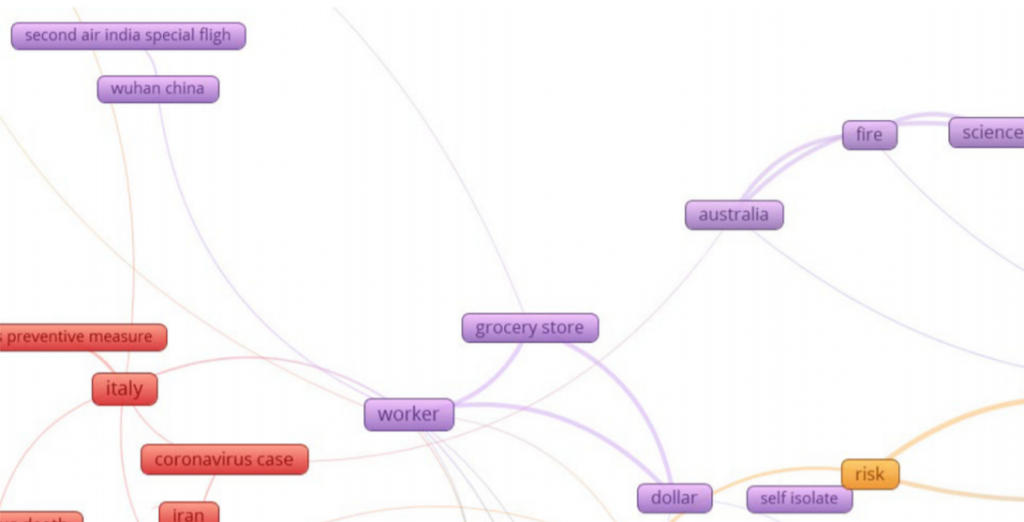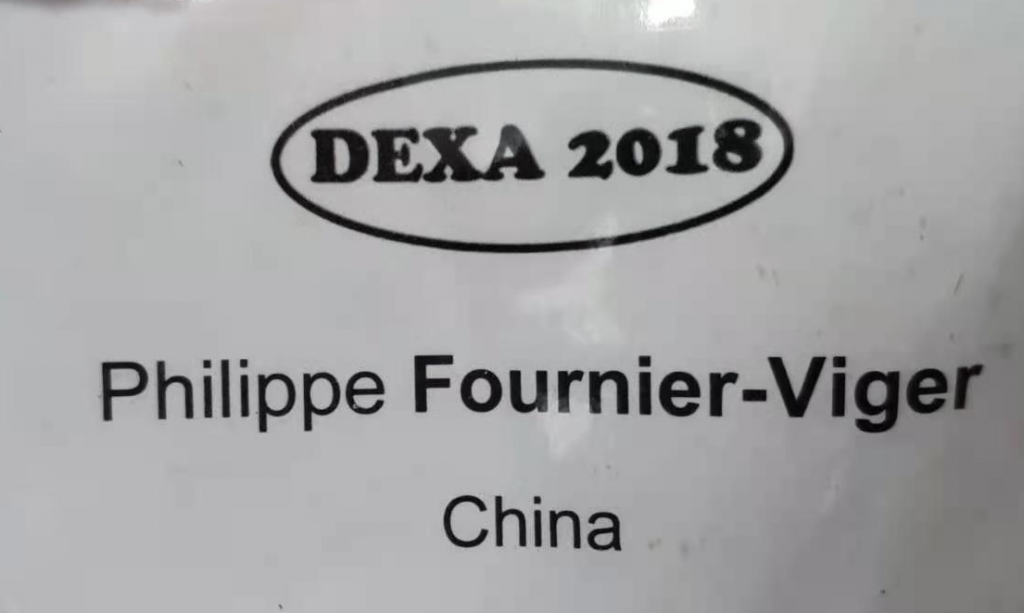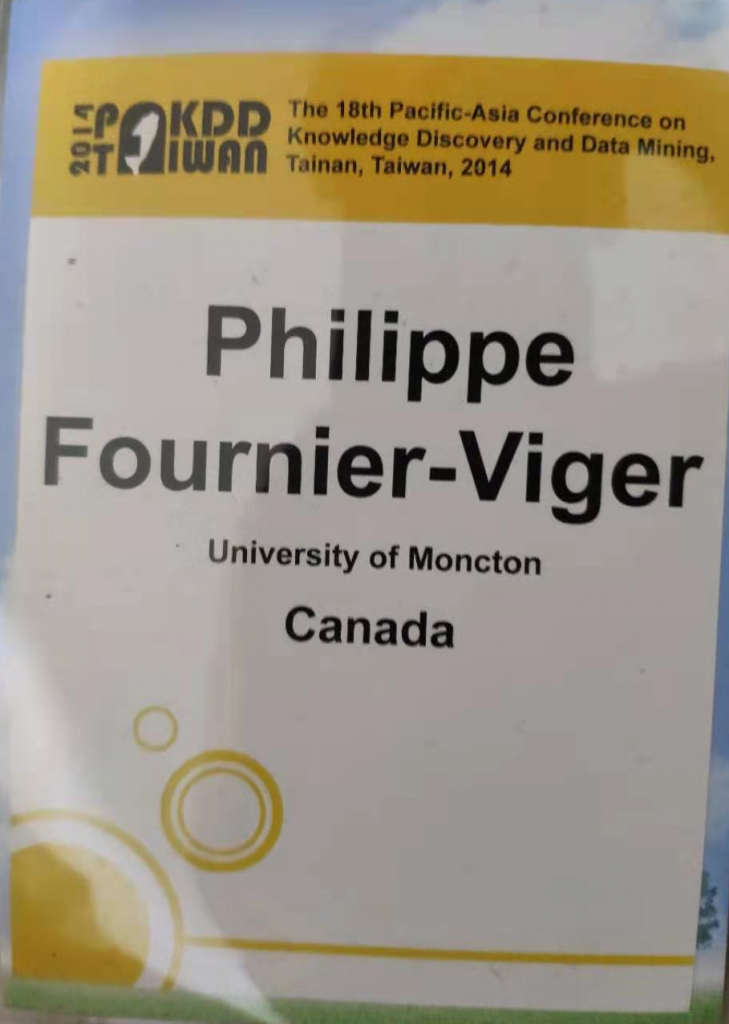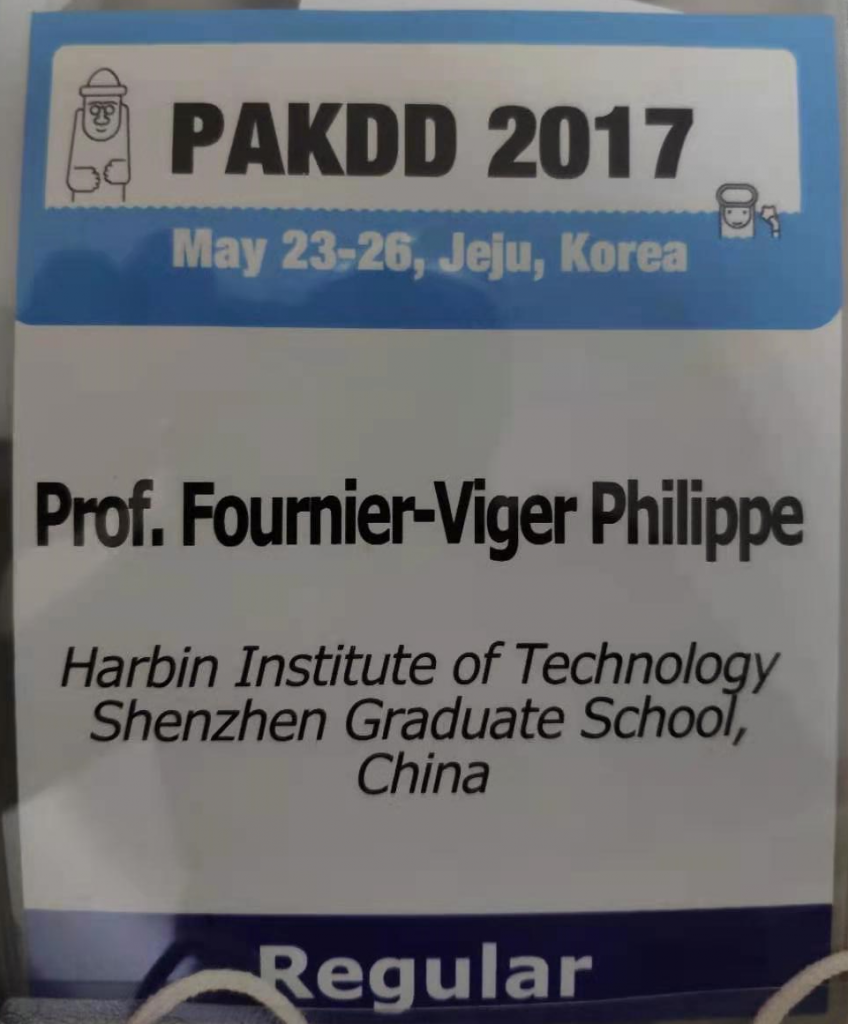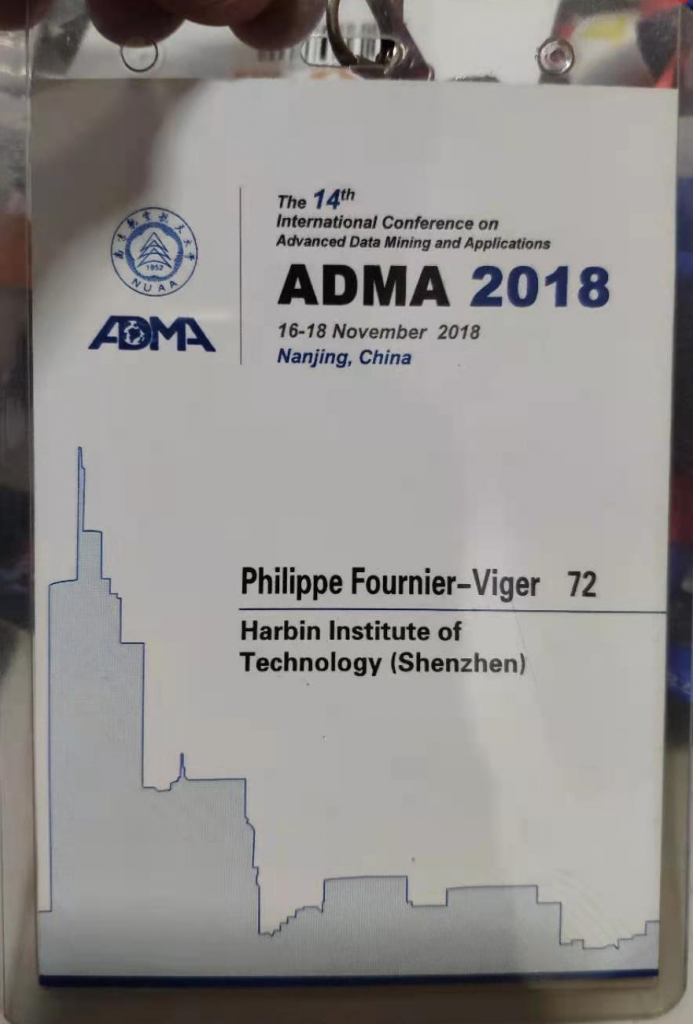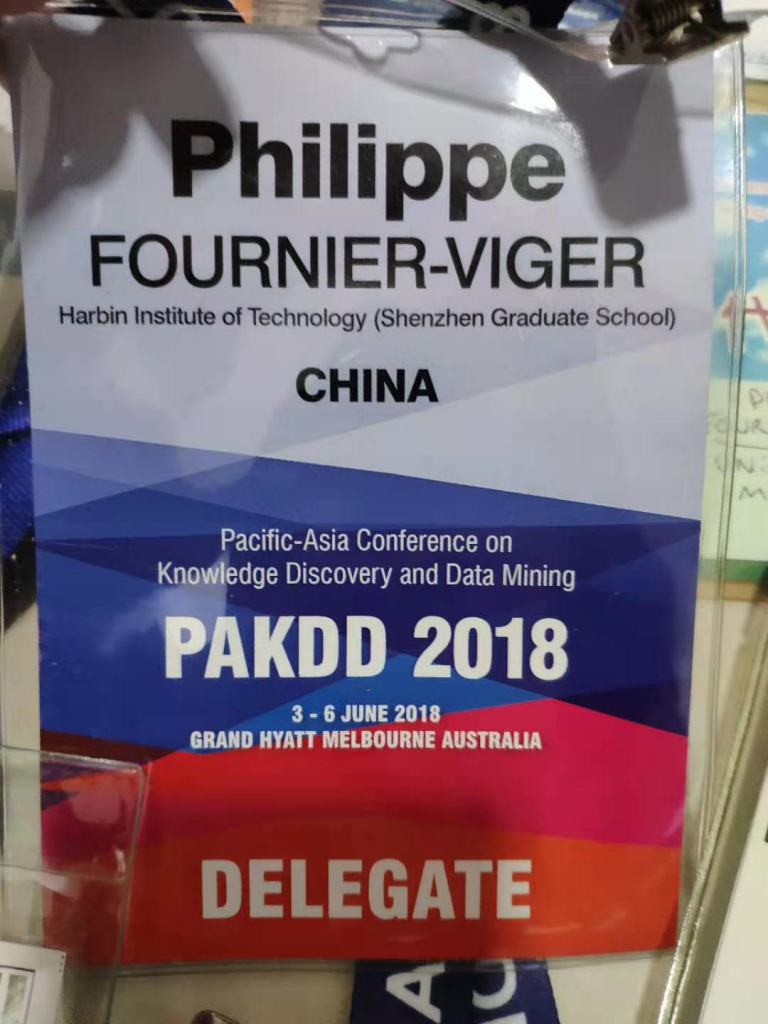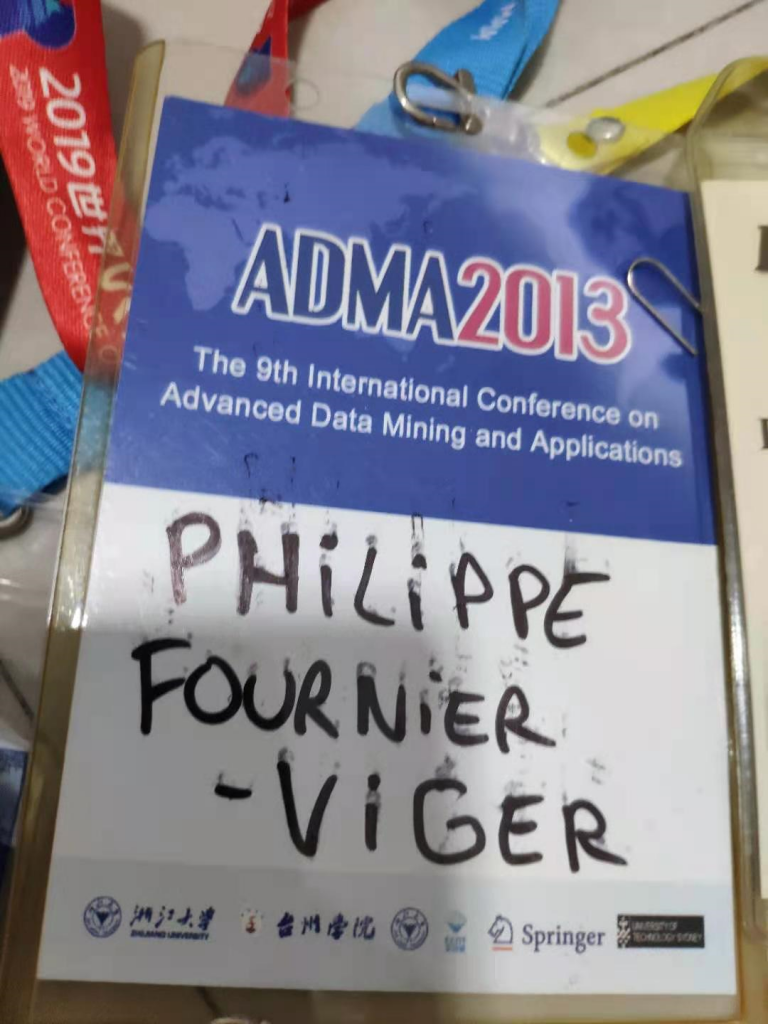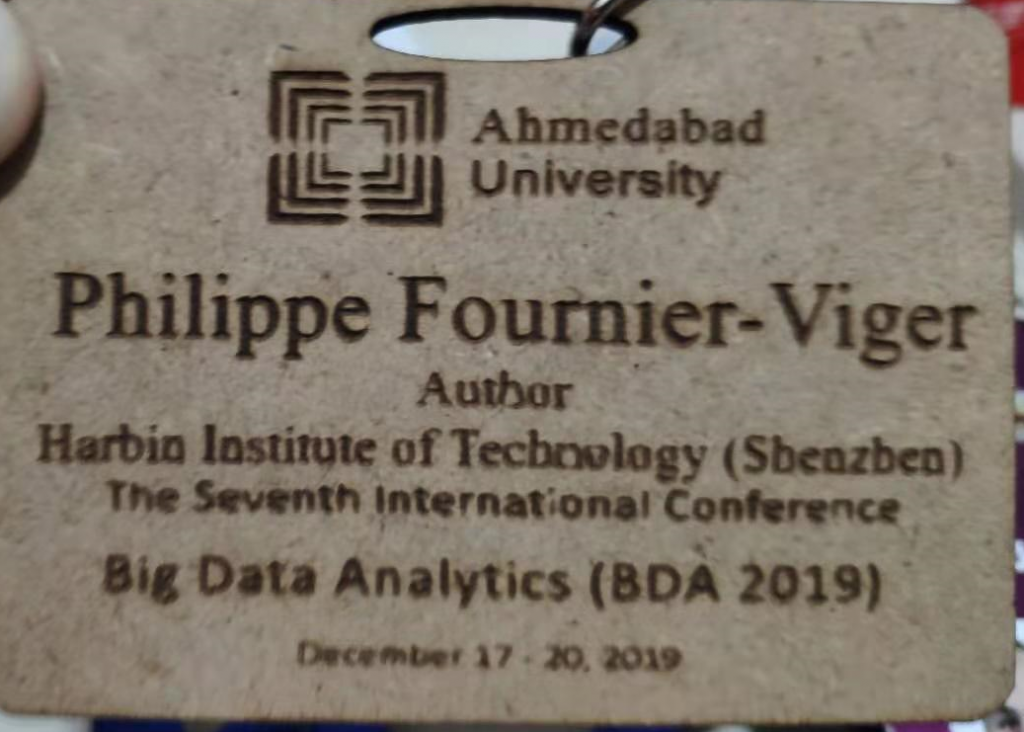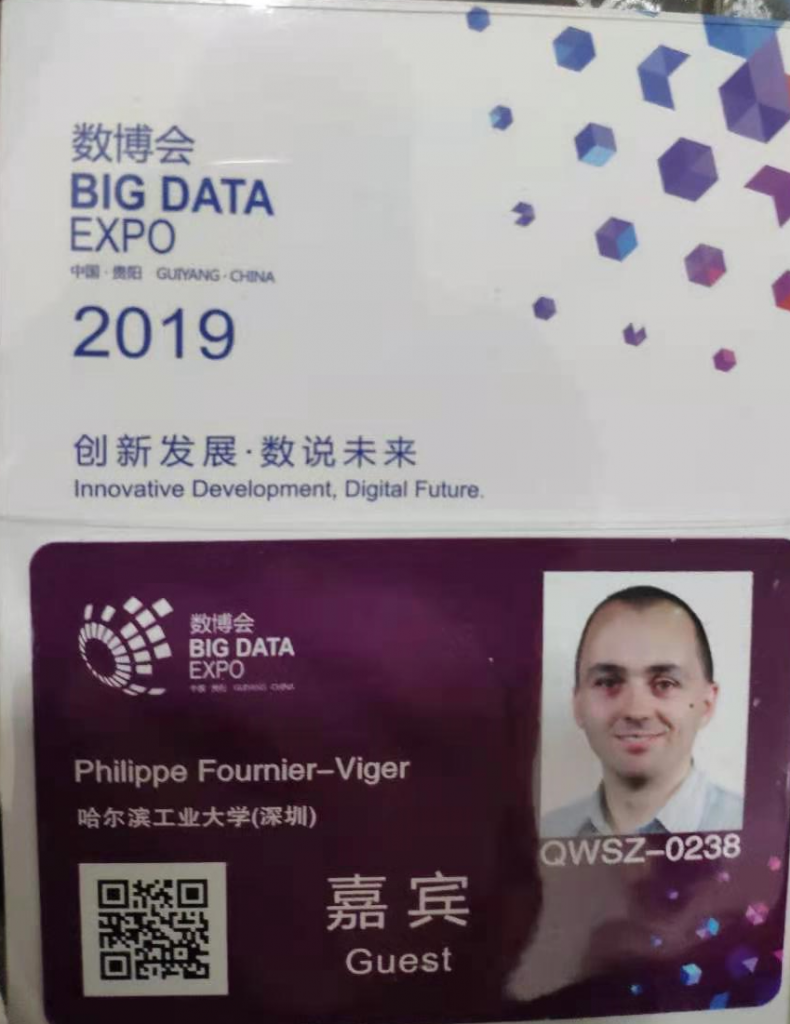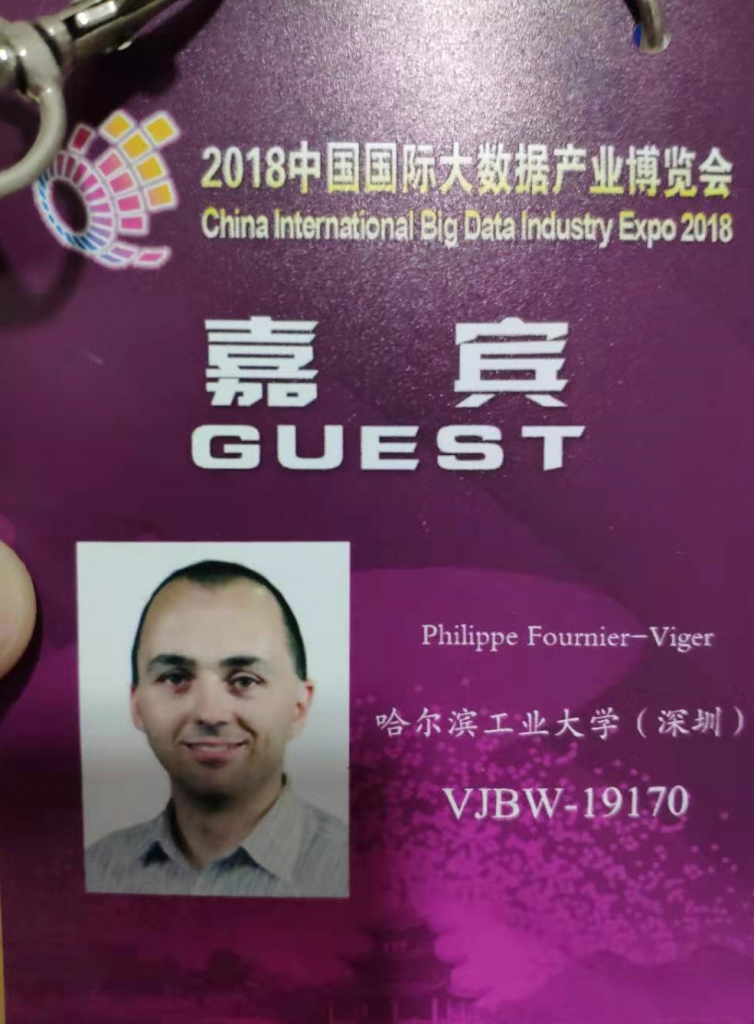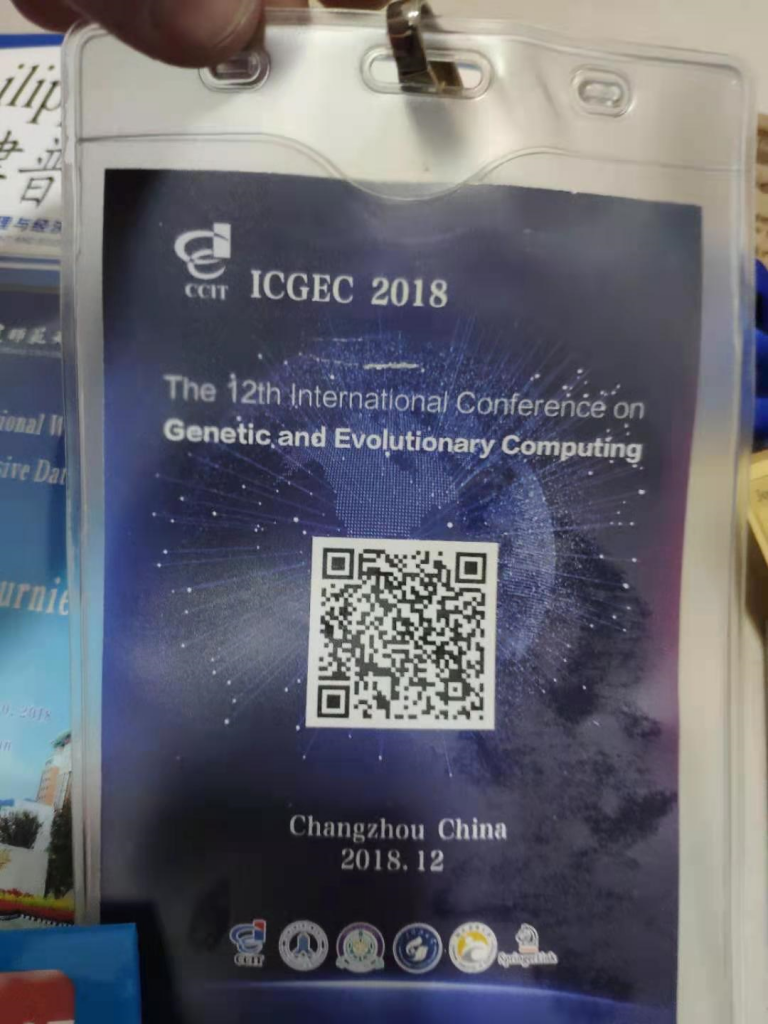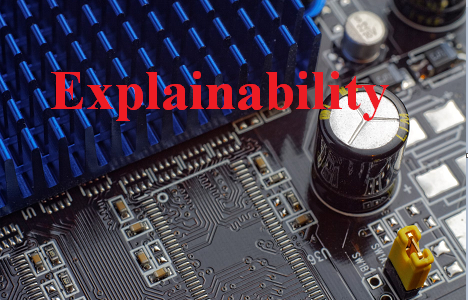Today, I will write a blog post aimed a young researchers, who want to know what is the work of a reviewer in academia, how to become a reviewer of international journals or conferences, and what are the benefits of being a reviewer.

What is the work of a reviewer?
The main work of a reviewer is to read articles and evaluate if the content is suitable to be published. The role of reviewers is very important for the publication process in academia as it helps to filter bad papers and provide advice for improving other papers.
Toreview an article, a reviewer may spend a few minutes (e.g. when a paper is clearly bad or contain plagiarism, and is directly rejected by the reviewer) to several hours (when the paper is complex and read carefully by the reviewer) . Typically, in good journals and conferences, a paper will be evaluated by several reviewers as they may have different opinions and backgrounds, which help to take a fair decisions on whether to publish papers or not.
In general, the review process of top journals and conferences is quite effective at eliminating bad papers as those can recruit excellent reviewers. Smaller or less famous journals sometimes have more difficulty to find good reviewers related to the topics of papers. And sometimes, some bad manuscripts will once in a while pass through the review process due to various reasons. And for some predatory journals, they often do not have reviewers and will publish anything just to earn money.
What are the benefits of being a reviewer?
The main benefits is to help the academic community by providing feedback to publishers and authors.
The reviewers typically work for free. But sometimes publishers provides some gift to reviewers. For example, Elsevier had been offering a free one month subscription to one of its online service named Scopus to reviewers, while some top journals of Springer offer to download a free e-book from the Springer library after completing a review on time. Such offers may help to convince researchers to work as reviewers.
Some other benefits of reviewing are:
- Read the latest research and learn about topics that one would maybe not take the time to read otherwise.
- Obtain some visibility in the research community. Some conferences will for example publish the names of reviewers in conference proceedings or on their websites.
- Learn to think like a reviewer, and become more familiar with the review process of journals. This help to write better papers and to know what to expect when submitting papers to the same conferences and journals.
- Put this on a CV. Especially for those aiming to work in academia, being a reviewer of a good journal or conference can be useful on a CV.
How to become a reviewer?
A graduate student may start to review papers for his supervisor. In that case, the supervisor will let the student write the review and then the supervisor will check it carefully before the review is submitted to ensure that it is a good and fair review. This will give the opportunity to students to learn how to be a reviewer.
Sometimes, a PhD student may also find some opportunities to review papers by himself. For example, when I was a PhD student I visited some journal websites that advertised that they needed reviewers. I then sent an email with my CV to ask to be a reviewer. The journal was not famous, but it gave me some experience to start review some papers.
But generally, most journals will contact potential reviewers rather than the other way. Generally, when a paper is submitted, the journal editor will search for reviewers that have papers on the same topic or work in a related area, to ask them to review the paper. Thus, reviewers of a journal paper are often expert in the field. Often, editors will prefer to ask researchers who have previously published in the same journal, to review papers. Typically a reviewer, may have a PhD or at least be a PhD student with good publications. In some cases, a master degree students may be asked to review papers. I have seen it once or twice. But this is quite rare and these students had very strong publications.
For a conference, there is typically a program committee that is established. It is a set of researchers that will review the submitted papers. Each reviewer may for example have to review 3 to 5 papers. To join the program committee of a conference, one may email the organizers to ask if they need additional reviewers. Then, the organizers may accept if the applicant has a good CV. But for famous conferences, joining the program committee typically require to be recommended by a conference organizer or some members of the program committee. It is generally not easy to join the program committee (to be a reviewer) of top conferences.
Drawback of being a reviewer
One of the drawback of being a reviewer is that it can require some considerable amount of time. For example, I receive numerous emails to ask me to review journal papers for various journals and on a wide range of topics. Although I do several reviews every month, I also decline several invitations because of time constraints, and that I just receive too many invitations. I will for instance often decline to review papers not in my research area or that are for unknown journals, or journals not related to my research area.
How to review a paper?
If you have been selected to review papers, you may be interested to read a blog post that I wrote about how to review papers.
Conclusion
Today, I have discussed about the work of reviewers and how to become a reviewer. If you have comments, please share them in the comment section below. I will be happy to read them.
—
Philippe Fournier-Viger is a full professor working in China and founder of the SPMF open source data mining software.




